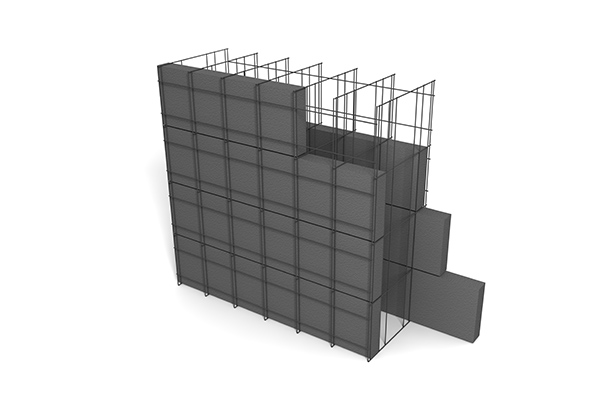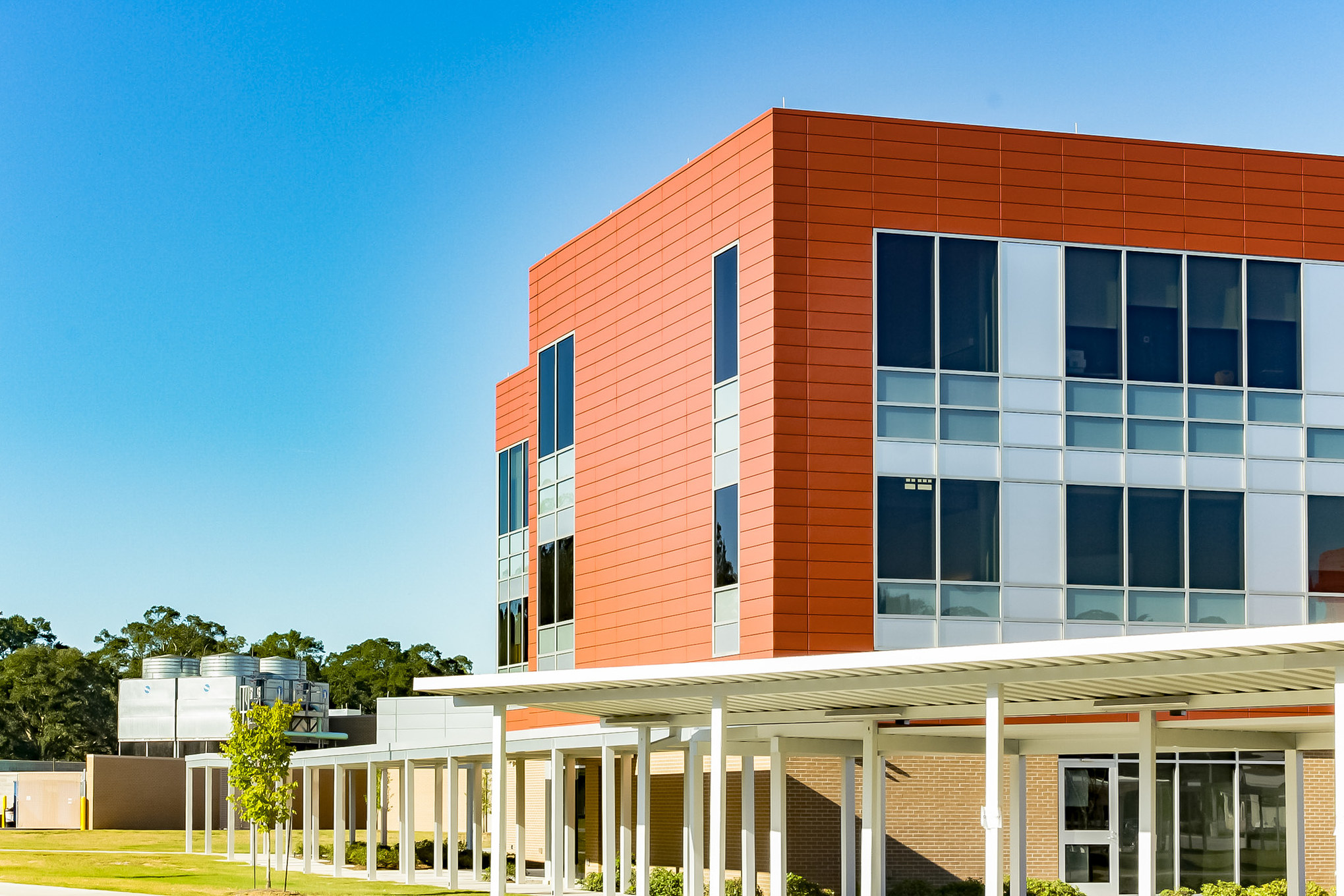Not known Factual Statements About Railing Infill Panels
Table of ContentsUnknown Facts About Railing Infill PanelsSome Ideas on Railing Infill Panels You Need To KnowA Biased View of Railing Infill Panels
Infill walls are typically set up on website as individual aspects that are pre-cut to length yet they can be pre-fabricated as huge panels with the cladding currently connected. The very same parts might be used for inner separating walls, yet below the main concerns are fire resistance and also acoustic insulation as opposed to resistance to.loading. A small interior pressure is made use of in the layout of interior dividing walls. @&&h2@ [leading]
Sorts of
infill walling @&&/h2@ Numerous types of building and construction can be employed to develop infill wall surfaces that extend between floorings in steel or concrete buildings. Traditionally, infill walls used stonework or timber, yet the modern-day form of building utilizes light steel C areas that period in between the floors and also around openings. The C sections are put at a routine spacing relying on the exterior faade products, and also at a spacing which is additionally suitable with basic plasterboard and also sheathing board dimensions. @&&h3@ [top]
Fascination About Railing Infill Panels

The light steel elements utilized in infill wall surfaces consists of C areas as well as U sections of. railing infill panels.

75 to 150 mm depth that are cold roll-formed from galvanized steel strip of 1. 2 mm density defined to BS EN 10346. The galvanizing( zinc layer) provides superb toughness. The C areas are positioned at 400 or 600mm spacing and also pairs of C sections may be made use of next to big openings. Wall surface panels can be pre-fabricated as storey-high systems or, more frequently, are site put together from C sections that are supplied cut-to-length. The 2nd approach is frequently the only service in renovation applications where resistances in the initial building and construction need to be suited. Website set up light steel walls in a steel mounted structure Pre-fabricated light steel infill wall panels in a steel framed building Infill wall surfaces contain a bottom' track' attached to the floor as well as a top' track' attached to the bottom of the floor over. This activity is important in concrete structures, where 2 to 3 mm shortening of the concrete framework per floor can take place gradually in addition to regular architectural motions. The upright C areas are made to extend 2. 4 to 5m between floors, and also to withstand wind loads or various other loads in bending. The straight C sections over and also below the home windows transfer loads back to the vertical C areas. A couple of layers of' fireproof' plasterboard( adapting BS EN 520, Type F) to the inner face attend to as much as 90 mins fire resistance to the light steel infill wall. @&&h3@ [top] Light steel separating wall surfaces @&&/h3@ Pre-fabricated light steel wall surface panels Light steel dividing wall surfaces utilize similar elements to.

6 Simple Techniques For Railing Infill Panels
acoustic or fire functions as well as so are single leaf wall surfaces comprising C areas of 55 to.
90mm deepness, relying on the wall surface height, with single layers of plasterboard on each side. @&&h3@ [leading] Stonework infill wall surfaces @ & &/ h3 @. Walls created from clay bricks or concrete blocks are the conventional Look At This form of infill wall surface building and construction. However, the usage of block-work infill walls has actually decreased in recent years since it is an unpleasant and also time consuming website procedure, and also requires a huge quantity of materials handling. From a design perspective, enhancing articles are required next to big window openings, as the stonework is not completely solid to resist the high local wind tons next to these openings. @&&h3@ [top] Concrete infill wall surfaces @&&/h3@ Pre-cast concrete infill wall panels Concrete infill wall surfaces are typically in the kind of huge precast concrete panels that are storey high and also usually of a size determined by the column spacing. These huge panels might be top hung or bottom sustained. They typically bear onto the floor piece
utilizing a boot setup, and are bolted back to the framework on the degree over or listed below. Important panels might be clad in other materials( generally concrete panels are outfitted in stone). Panel weights of roughly 300kg/m are normal, with panel sizes of in between 3 as well as 9m and elevation of 3. 2m. The maximum dimension of panel is restricted by transportation factors to consider as well as crane lifting ability( both on site and also at the concrete works). 15 to 20 tonnes are regular maximum weights of precast concrete panels. @&&h3@ [top]. Timber framed infill wall surfaces @&&/h3@ Timber infill wall surfaces use typical timber sections of 90.
and also 140mm depth to span 2. 4 to 3. 6m in between floorings and are similar in type to light steel infill wall surfaces. Lumber sections are reduced to size and also are put at 400 mm or 600 mm spacing. The drawback of timber in contrast to steel is that it is not as strong find more info and it is not possible to utilize it in high wall surfaces or in wall surfaces with big openings. @&&h2@ [leading] Benefits of light steel infill and also separating walls @&&/h2@